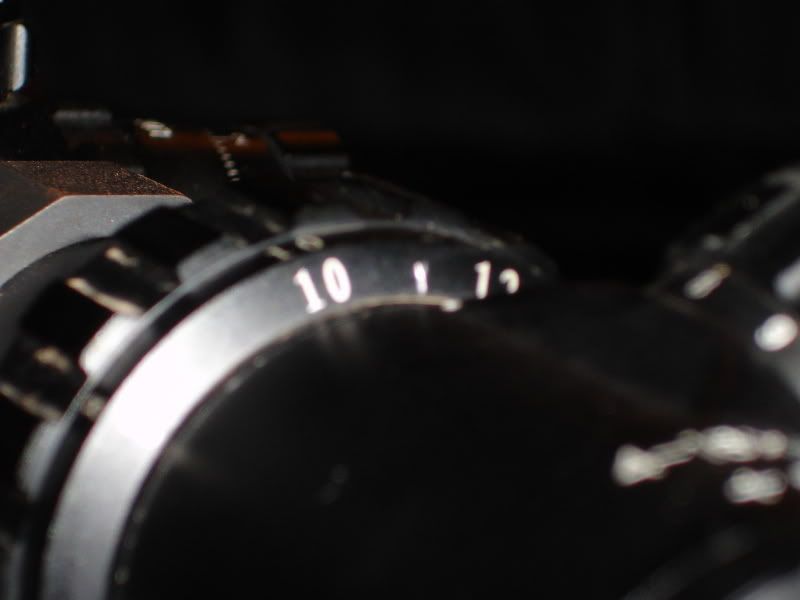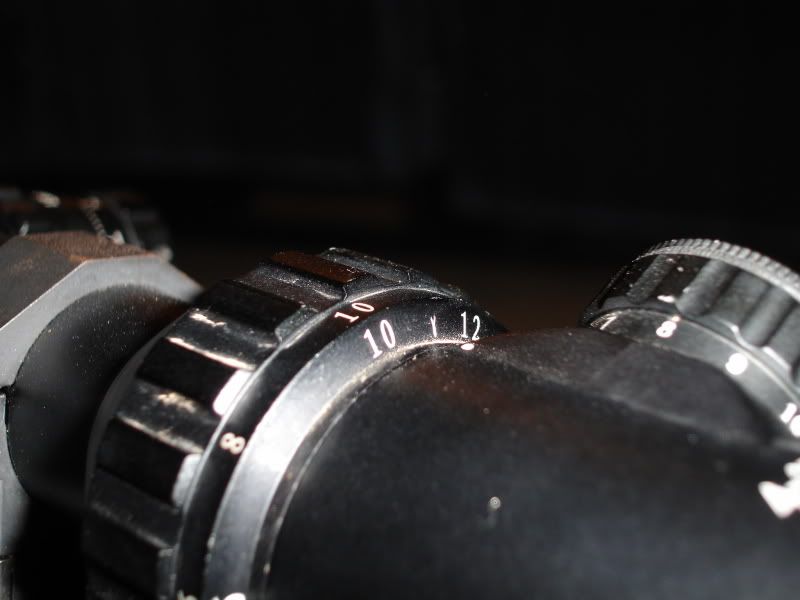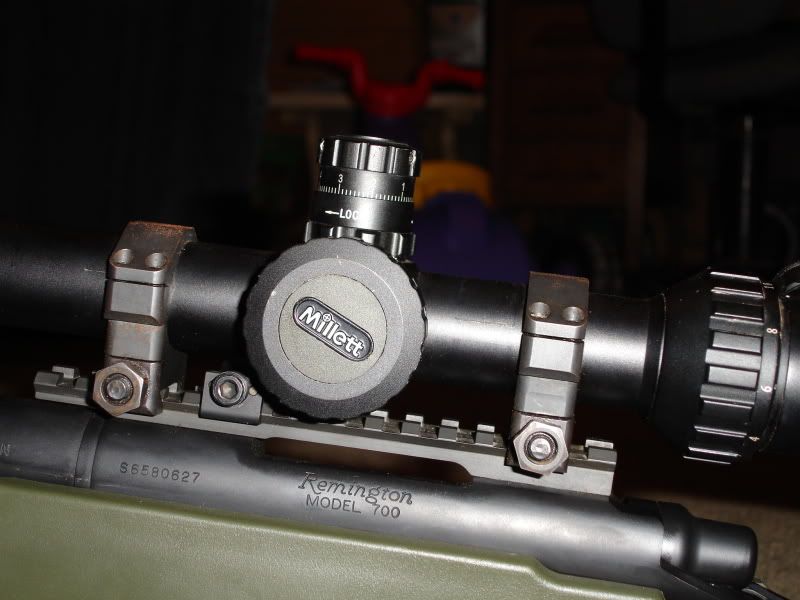As most of you guys who have Millett TRS-1 glass know, the 10 power setting is not the correct setting to range a target. You have to set the zoom to about 11 power for proper ranging.
I was crunching numbers to obtain a multiplier to allow me to mil a target at maximum zoom. I came up with 39.194 as a multiplier.
The standard formula for yards..
<span style="text-decoration: underline">target size (in in.)X 27.778</span> = Range
size of target in mils
Max zoom formula for yards..
<span style="text-decoration: underline">target size (in in.)X 39.194</span> = Range
size of target in mils
If you use a hold over for your shot, you can use 1.411 as a multiplier of your mils to get the hold at max zoom.
Example.. If you have a 100 yard zero and hold 2 mils for 350 yards, multiply the 2 mils by 1.411 to get 2.82 mils. Your hold for 350 yards with the scope at max zoom.
If you dial your elevation this is not as helpful.
Some of you may have figured this out, but I figured I would post it.
I know, I know... If I had Schmidt, Us OPtics or Leupold glass I wouldn't have these issues...

I was crunching numbers to obtain a multiplier to allow me to mil a target at maximum zoom. I came up with 39.194 as a multiplier.
The standard formula for yards..
<span style="text-decoration: underline">target size (in in.)X 27.778</span> = Range
size of target in mils
Max zoom formula for yards..
<span style="text-decoration: underline">target size (in in.)X 39.194</span> = Range
size of target in mils
If you use a hold over for your shot, you can use 1.411 as a multiplier of your mils to get the hold at max zoom.
Example.. If you have a 100 yard zero and hold 2 mils for 350 yards, multiply the 2 mils by 1.411 to get 2.82 mils. Your hold for 350 yards with the scope at max zoom.
If you dial your elevation this is not as helpful.
Some of you may have figured this out, but I figured I would post it.
I know, I know... If I had Schmidt, Us OPtics or Leupold glass I wouldn't have these issues...






